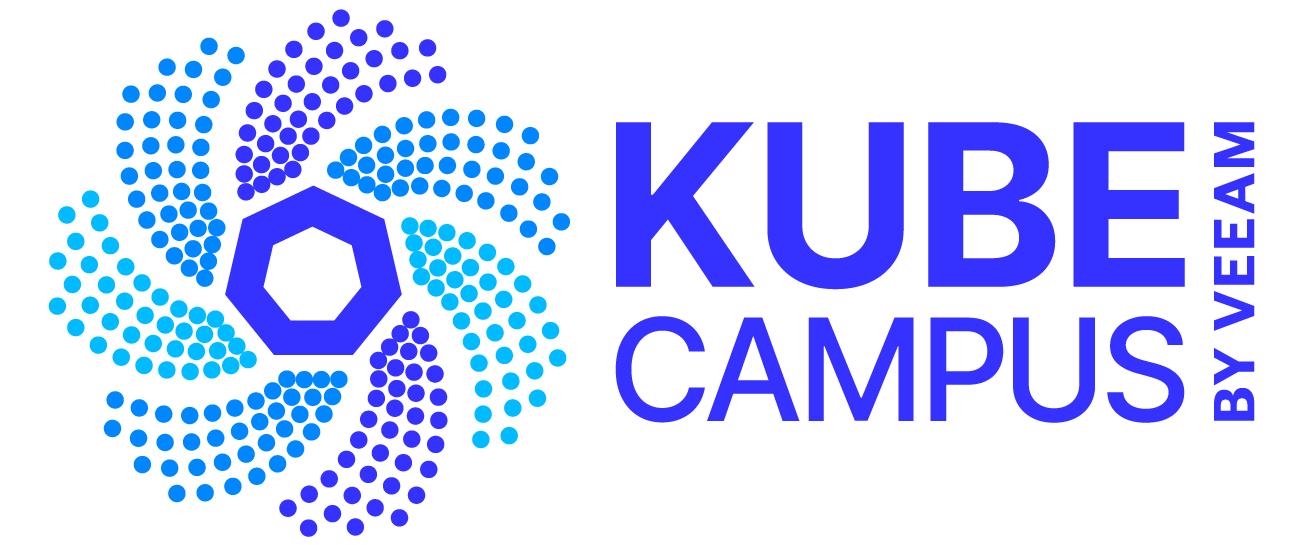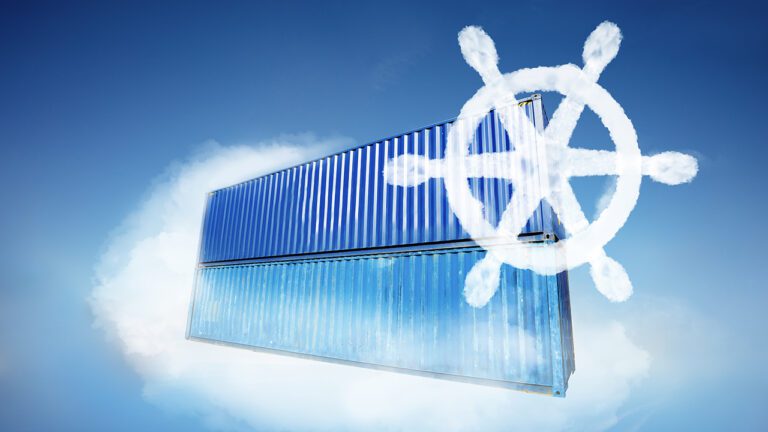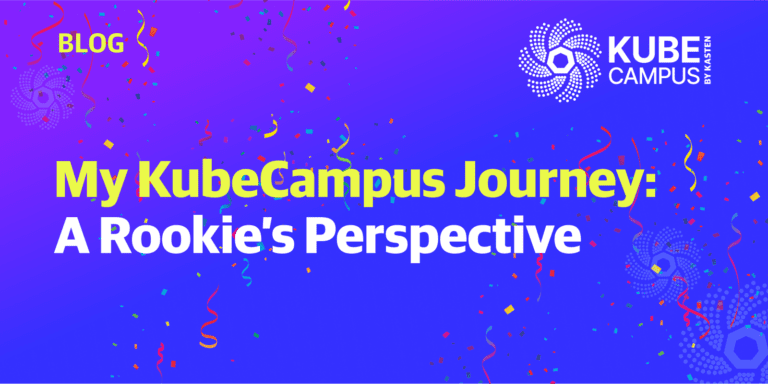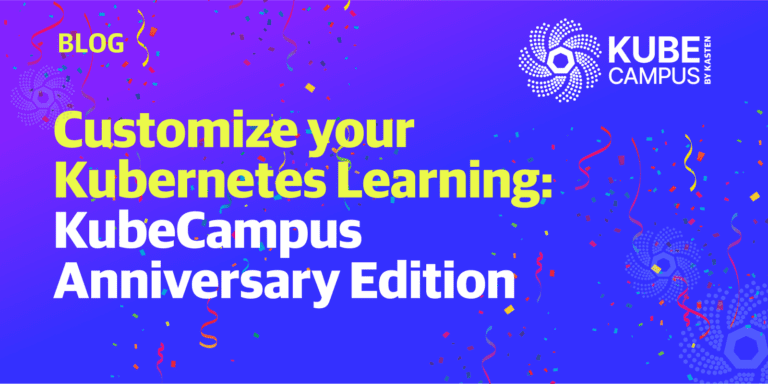Kubernetes has become an essential container orchestration tool for companies that want to take full advantage of what the cloud has to offer. But it’s a relatively complex platform, and getting started can seem overwhelming. To help people new to Kubernetes get up and running quickly, Kasten by Veeam has published a new guide: Getting Started with Kubernetes, Foundation edition. The guide is free and outlines the fundamentals of the architecture, deployment and lifecycle management of Kubernetes.
Our edition of the Getting Started guide is intended to serve as an introduction to the concept of cloud-native transformation, Kubernetes deployment options and top use cases, as well as multi-cloud management. By the time you finish reading this guide, you will have a solid understanding of Kubernetes, and answers to many of your initial questions.
In addition to covering the basics, the guide provides links to many additional Kubernetes learning resources, including the Learning.kasten.io site, informative white papers, ebooks and many other knowledge sources. Following these links will help you further increase your Kubernetes knowledge, whether you’re a casual student, a professional developer, or anywhere in between. You can access the Gorilla Guide in its entirety here.
Here is a summary of the key takeaways from the guide:
- The Changing Development Landscape:
To be able to bring innovative features to market rapidly, software developers have shifted away from large, infrequent software updates in favor of small, incremental updates that are deployed frequently, sometimes multiple times per day. The microservices architecture necessary to support this faster approach is powered by a cloud infrastructure. This section summarizes these dynamics and introduces the journey to cloud-native transformation.
- Kubernetes and Cloud-native Transformation:
As the popularity of containers increased, software and reliability engineers saw the need for tools and platforms to help coordinate and manage container operations. Kubernetes can manage the full lifecycle of containers, from deploying containers to performing health checks, replacing failed containers, and efficiently allocating workload resources . This section describes the tight link between containers and the need for deploying applications with cloud-native principles in mind.
- Core Kubernetes Architecture Concepts:
To learn Kubernetes, it is important to understand Kubernetes concepts and design principles. In doing so, you’ll be able to see why Kubernetes orchestration is fundamentally different from the ways in which we’ve managed workloads and resources in the past. This section considers three core aspects of Kubernetes: infrastructure building blocks, the control plane, and workload building blocks – and what makes them unique.
- How to Learn Kubernetes – Go to Learning.Kasten.io:
One thing is certain—Kubernetes isn’t going anywhere. It will continue to grow in importance as companies offload the traditional methods of slow, monolithic software development for the cloud-native DevOps model that emphasizes speed and efficiency. Learning Kubernetes can help you achieve personal and career goals simultaneously. There is no better way to learn Kubernetes than by trying it hands-on. The Learning.kasten.io series provides just such an opportunity. Register and start learning now at Learning.kasten.io!
Download the Gorilla Guide to Getting Started with Kubernetes, Foundation Edition, and read about each of these key takeaways in detail. To learn more about Kasten K10, Kasten’s cloud-native backup and recovery solution for Kubernetes, review the solution’s key capabilities — or try for free.





